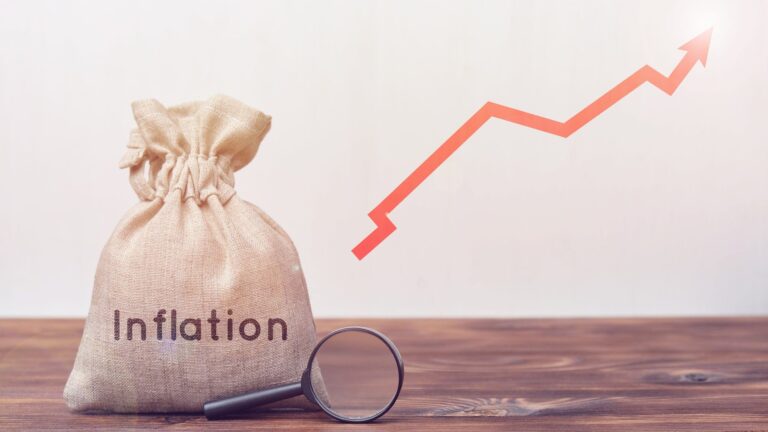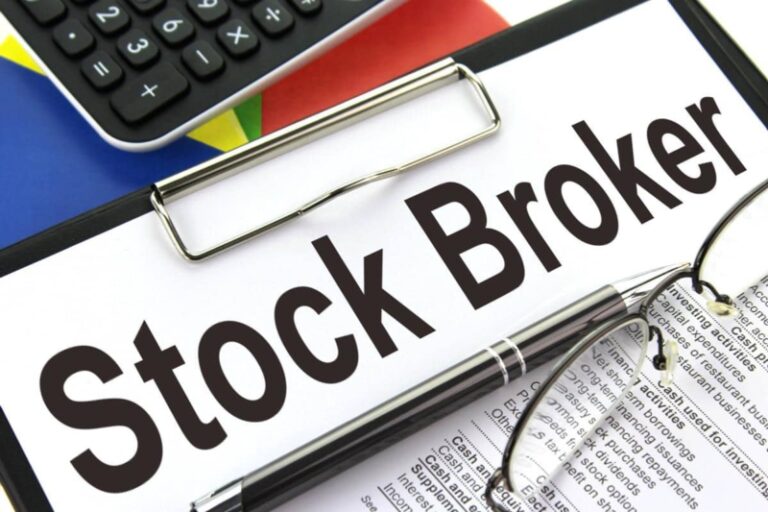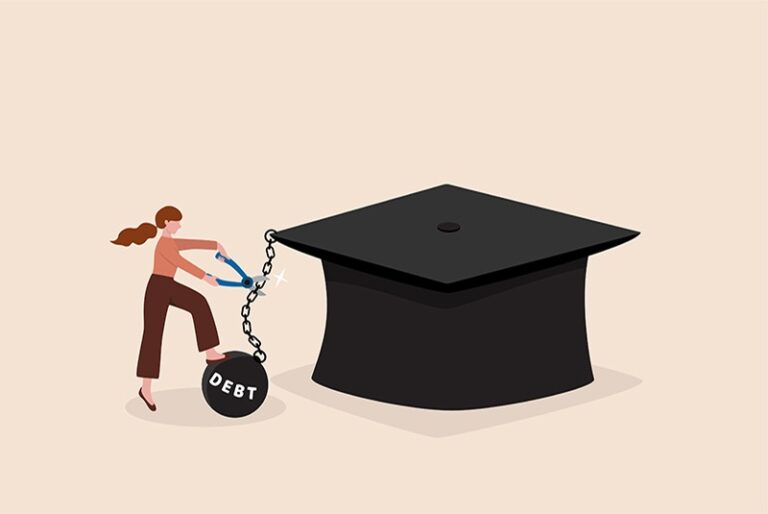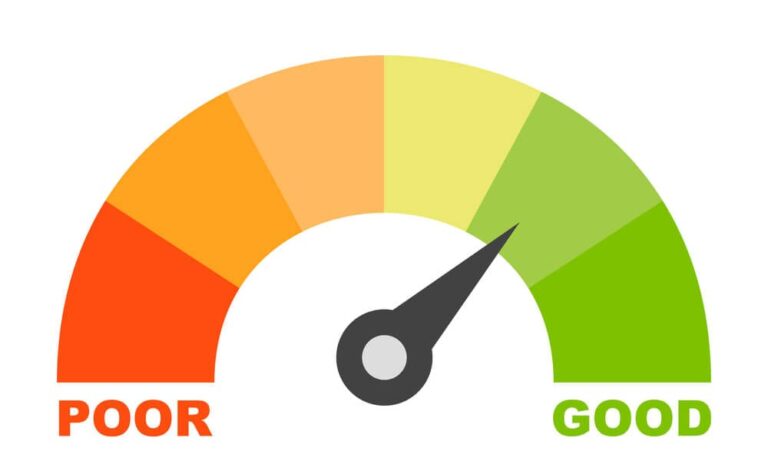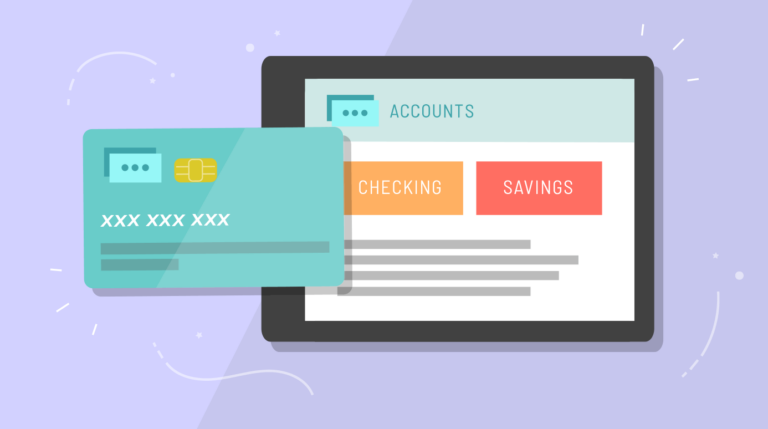Fed Increases Interest Rates For The Fourth Time in 2022, Sparking Recession Concerns
The Federal Reserve increased interest rates by another 75 basis points on Wednesday to help cool the country’s stubbornly high inflation. This move sparked experts’ concern that the economy may have already entered a recession.
In a press conference following the rate hike, Fed Chairman Jerome Powell stated that he doesn’t think the economy is currently in a recession, but there are fewer ways to prevent one now than there were a few months ago. Powell stressed that lowering inflation is the Fed’s top objective, even if it temporarily slows the employment market.
Powell stated, “Restoring pricing stability is absolutely something we must do. Because that enables you to have a strong labor market over time, failing to do that is not an option.”
The Fed’s decision to raise interest rates comes as inflation is near 40-year highs, and June prices came in exceptionally hot.
Fed policymakers started raising rates in March, as they had hinted they would for months. Still, anticipations for the speed and ferocity of upcoming rate increases have grown more aggressive in recent weeks, as have concerns about the potential for a recession.
How The Inflation Is Affecting Biden’s Government
Policymakers have been handicapped by inflation for months; it has grown to be the economy’s most significant issue and affects all households. However, it is especially hard on the lowest-income families, who are the most vulnerable. Rising milk, gas, and oil costs have damaged people’s perceptions of how well the economy serves their needs. As a result, consumer confidence has been dampened, and families’ spending habits have changed, which could worsen inflation.
The economy’s gloomy outlook is the Biden administration’s biggest political issue as the midterm elections approach. Republicans continue to oppose increased federal spending and credit Democratic stimulus measures earlier in the administration for the economy’s acceleration. As a result, the administration is caught in a bind: if it doesn’t provide more support, the economy may stall; but if it does, Republicans will use it against them in the midterms.
The Biden administration has backed the Federal Reserve, highlighting that it is best suited to combat inflation. The central bank, meanwhile, came under fire this week from two prominent Democrats who claimed that the rate increases risk jobs while doing little to address the sources of inflation.
The head of the Congressional Progressive Caucus, Rep. Pramila Jayapal (D-Wash. ), said, “With wage growth declining in recent months, our country’s lowest-paid, most vulnerable workers have endured too much already to be sacrificed in pursuit of severe rate hikes that have far too frequently sparked recessions.”
Powell’s tone in the news conference — supported difficult decisions to curb inflation — contrasted with this time last year, when inflation was gradually increasing. Still, Fed and White House policymakers argued it would be short-lived and not seriously endanger the economy.
What the Fed is Aiming to Achieve
For a while, the Fed believed that inflation would be temporary and eventually disappear after the economy’s quirks, like supply chain issues, were ironed out. The Fed has, however, adopted a more aggressive attitude in recent months. Powell has taken a hawkish turn, admitting inflation is “far too high” and vowing to bring it down.
According to Daco, the Fed has three key weapons at its disposal to attempt and take control of the situation.
- The first is forward guidance, which is communicating to the public and outlining its intentions in respect of the monetary policy. In essence, the people will hopefully believe the Fed, if it promises it will take charge of the problem.
- The second weapon is an increase in the federal funds rate or the interest rate banks charge each other. With the increase on Wednesday, the federal funds rate is 2.25 to 2.5 percent; policymakers predict that by the end of the year, it will be above 3 percent. This will cause interest rates to rise throughout the economy and make borrowing more expensive.
- The Fed is currently normalizing its balance sheet, which is the third step. Although it will take some time, it is beginning to unload some assets, including Treasury bonds and mortgage-backed securities, which should tighten financial conditions.
The Fed is doing this to reduce expenditure and the amount of money floating around in the economy. Multiple impacts are present.
According to Daco, “when the Fed tightens monetary policy, that has a direct effect on equity prices, long-term interest rates, corporate bond spreads, volatility, the value of the dollar, on various financial metrics.”
What About the Risks?
The situation is not without risk. One worry is that raising rates too quickly could cause a recession. That’s why the Fed is being “patient” and only moving rates up gradually.
Another concern is that inflation could become entrenched and difficult to bring down without causing economic pain. That’s why the Fed emphasizes its commitment to bringing inflation down in the long term, even if it means causing some short-term pain.
The Fed’s decision to raise rates is a gamble, but it’s one that Powell feels he needs to take. Time will tell if it pays off.
What Does Hiked Interest Rates Mean For You?
The most immediate impact will be on your borrowing costs. If you have a variable-rate loan, your monthly payments will go up. And if you’re looking to take out a loan, you’ll likely pay more interest. Mortgage rates have already increased; for example, the 30-year fixed mortgage rate rose in June, but it’s slowly decreasing. Credit card debt and car loans will both increase in price as well.
According to Matt Schulz, chief credit analyst at Lending Tree, “for credit cards, it’s going to show up quite soon, and it will affect both your existing balances and the items you buy in the future.” According to him, credit card APRs typically increase roughly the same amount within a billing cycle or two when the Fed raises interest rates.
“These small rate increases aren’t enough to significantly disrupt anyone’s financial situation. They mount up rapidly and can have a significant influence when you get a lot of them in a short period, which is when they become dangerous,” Matt explains.
Companies will probably slow down on hiring and expansion, which we’ve already seen in several industries, like the tech sector. Depending on how aggressively the Fed acts moving forward, the economy may experience an increase in unemployment and additional layoffs. (However, knowing how difficult it was to rehire during the epidemic, businesses could be slightly less willing to lay off employees.) It could be more challenging to obtain new work if employers are nervous and unwilling to hire.
What Measures Can You Take?
I would be lying if I told you there were a million things you could do to protect yourself from some of the sufferings ahead. Everything is expensive, and some things will continue to be so for a while before they eventually stop becoming more expensive. It won’t be particularly fun in the interim. Additionally, a recession might be approaching, or perhaps we’re already in one. So I’ll just remark, “This stinks,” in its place.
However, spending less is one strategy you can use to get through the current situation. If you can, postpone the summer vacation that hasn’t been planned and hold off on buying a house.
If you have credit card debt, attempt to pay it off before interest rates increase further. “That debt will quickly accumulate, and not in a good way. It would be wise to make every effort to reduce your debt as much as possible.
Saving is another critical strategy. Experts recommend increasing your emergency fund to cover at least six months of living expenses. If you don’t have one, start saving now. And if you can swing it, try to save even more.
You can also take measures to increase your income, such as asking for a raise or taking on a side hustle. If you have the option to telework, doing so can help you save on commuting costs and other work-related expenses.
No one knows how bad things will get or how long this will last. But by taking some proactive measures, you can weather the storm better. Just remember, the Fed’s primary objective is to keep inflation under control, even if that means sacrificing economic growth in the short term.
Final Thoughts
The economy successfully recovered from the Covid-19 recession in 2020, but this year’s rate hikes and withdrawal of the Fed’s pandemic stimulus plans have hurt markets and reignited recession fears. The Fed’s decision to raise interest rates to help cool the country’s stubbornly high inflation has made it more challenging for consumers and businesses.
Bank of America economists earlier this month joined a growing list of experts who believe that the United States will experience a recession within the next 12 months. They told clients that persistent inflation and the ensuing interest rate increases had sparked a “worrying deterioration” in the economy, particularly in the formerly booming housing market.
The Fed has become more dedicated to utilizing its instruments to restore price stability, willing to accept at least pain in the process.


